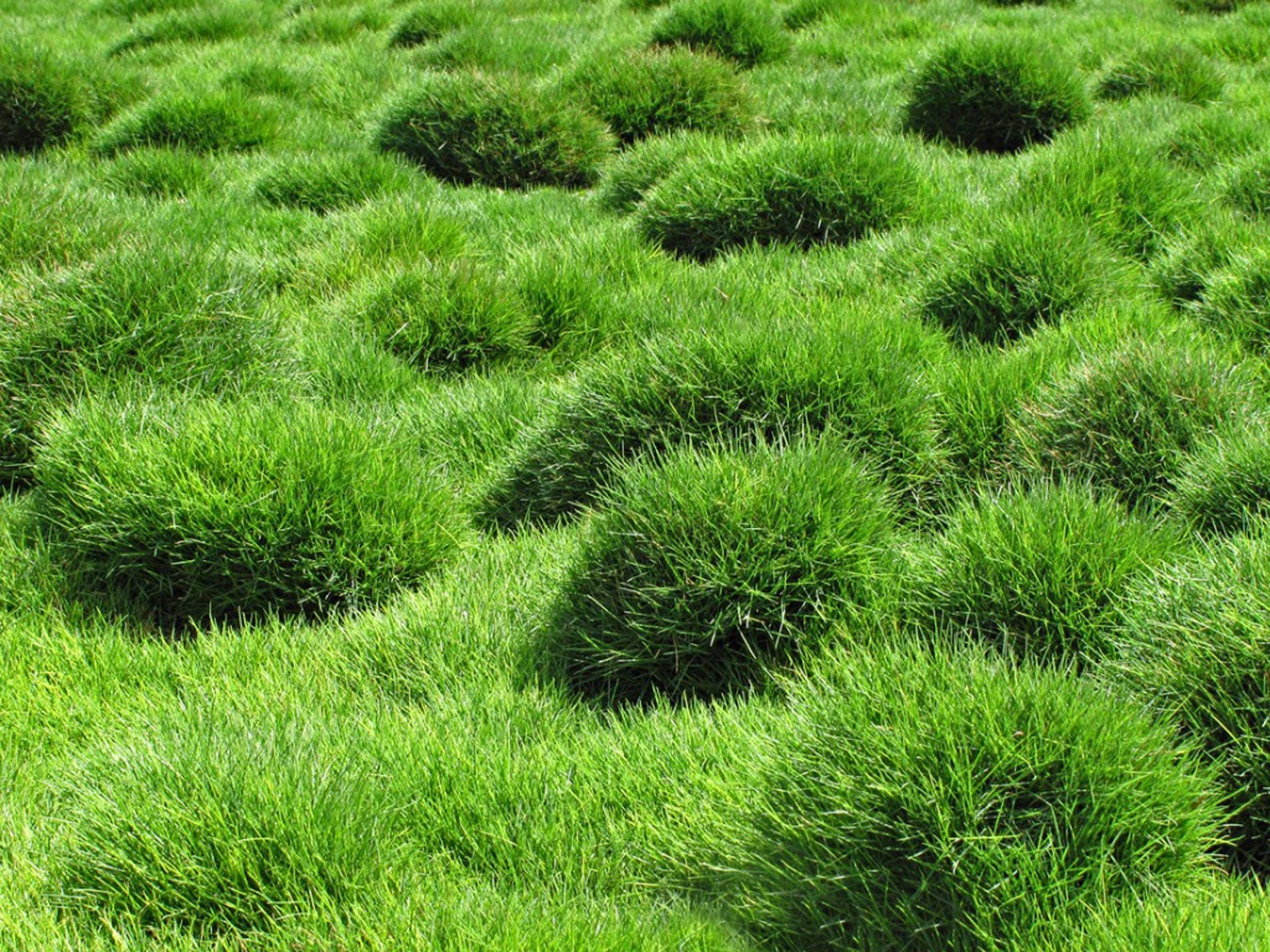Thatch In Zoysia Grass – Should I Dethatch Zoysia Lawns


Removing thatch in a lawn is an important, although infrequent, part of lawn maintenance. In the case of thatch in zoysia grass, very little is produced when compared to other turfgrasses. However, over time a buildup will occur and should be removed. Excess thatch limits the plant's ability to uptake nutrients, water, promotes fungi, and harbors pests. Zoysia thatch removal should happen when the thatch is visible.
Should I Dethatch Zoysia Lawns?
A little thatch isn't a bad thing. In fact, it actually conserves moisture and insulates roots. Once it gets a half-inch (1.5 cm.) or more though, thatch actually reduces the health of the sod. Pests and disease are the top two zoysia thatch problems, but thatch can also reduce the plant's ability to feed itself. Dethatching a zoysia lawn can help minimize the impact of that heavy organic matter surrounding the lower blades and roots.
Lawn experts agree, very little thatch is produced by zoysia grass. What is produced is a mixture of the plant's fine and coarse leaf blades. The rough nature of the coarse blades takes a long time to break down and results in a thick, impenetrable thatch. It also means more frequent mower blade sharpening to prevent injury to the grass.
Zoysia thatch removal only needs to occur every year or two. You can prevent some of that thatch by mowing frequently or using a bag on the lawnmower. When long periods go between mowing, the grass blades are long and resilient, resulting in zoysia thatch problems.
When to Remove Thatch in Zoysia Grass
There is no hard and fast rule on dethatching a zoysia lawn; however, you can take a small plug and examine the level of thatch easily. Cut out a small plug and look at the root zone and the base of the leaves. If there is a bunch of dry, dead leaf blades built up at the base of the plug, it is probably time to dethatch.
The rule on most grasses is a half-inch (1.5 cm.). At this level, the grass may root in the thatch making it less stable, winter injury may occur, drought is more extreme, and pests and disease become more frequent.
Early spring is the best time to dethatch. This is when sod is actively growing and can quickly recover from the process.
Sign up for the Gardening Know How newsletter today and receive a free copy of our e-book "How to Grow Delicious Tomatoes".
Tips on Dethatching Zoysia
No matter the type of grass, dethatching is best accomplished with a dethatching machine or a vertical mower. You can also manually remove the thatch with a hard rake. This may result in the removal of some of the grass and require reseeding, so dethatch in late summer or early autumn.
Another way to correct the problem is with core aerification. The machines that perform this task pull up small cores of sod. The resulting holes aerate the sod while the little plugs rot over time and create a top dressing in the lawn.
You can perform a similar action by spreading a thin layer of compost over soil, but you will miss the aeration benefit. To avoid dethatching at all, mow once per week, provide the right amount of fertilizer and water, and use your lawnmower bag to pick up clippings.

Bonnie Grant is a professional landscaper with a Certification in Urban Gardening. She has been gardening and writing for 15 years. A former professional chef, she has a passion for edible landscaping.